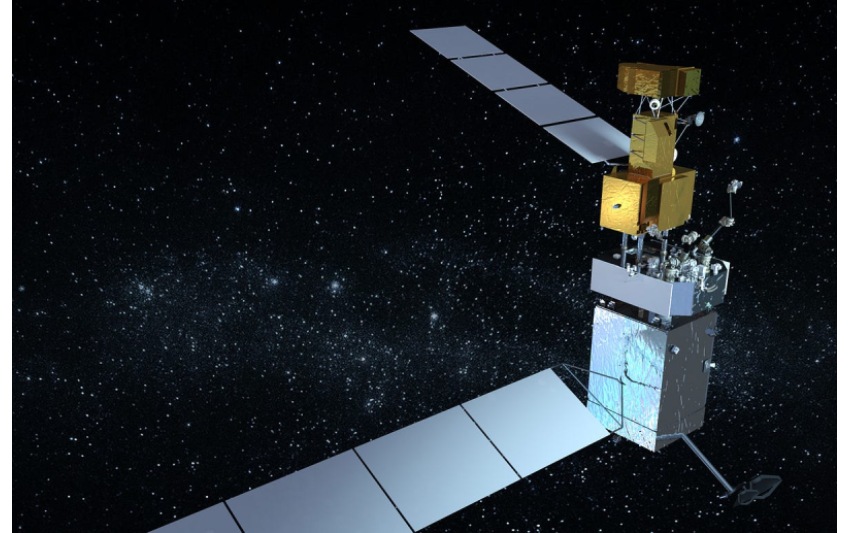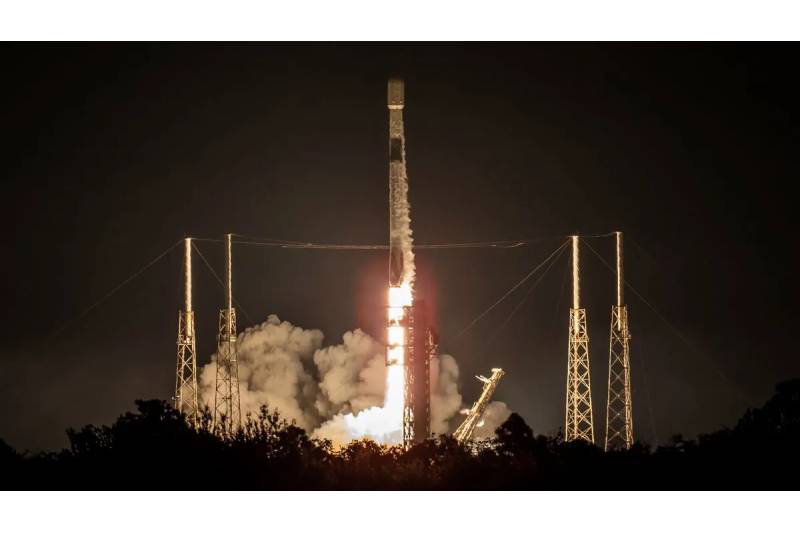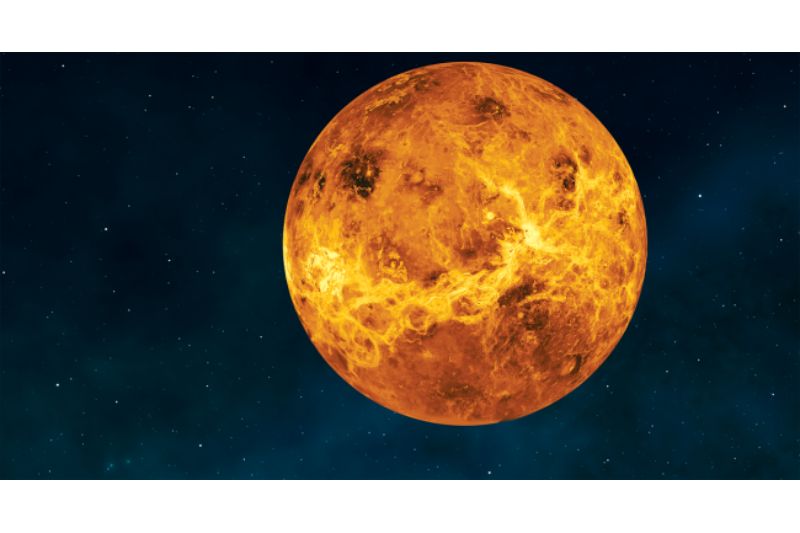NASA has shelved a multibillion-dollar project that was supposed to showcase solutions for satellite servicing, due to significant delays and overspending.
NASA ended the On-Orbit Servicing, Assembly and Manufacturing (OSAM) 1 mission on March 1st, with a brief message. In order to refuel the Landsat 7 spacecraft and carry out the in-orbit assembly of a Ka-band satellite antenna, OSAM-1 was being constructed.
“due to continued technical, cost, and schedule challenges, and a broader community evolution away from refueling unprepared spacecraft, which has led to a lack of a committed partner.” NASA stated that OSAM-1 is being canceled.
The agency stated that it would begin the process of an orderly closure, including moving gear and “pursuing potential partnerships or alternative hardware uses,” as soon as it received formal notifications from Congress about its decision.
In addition, NASA stated that it would assess ways to lessen the effect of the cancellation on the employees at the Goddard Space Flight Center, which was in charge of OSAM-1. About 450 NASA personnel and contractors are working on OSAM-1, according to NASA spokesperson Jimi Russell, who also stated that NASA “is committed to supporting project workforce per plan through fiscal year 2024.”
Originally known as Restore-L, OSAM-1 was designed to launch as early as 2020 in order to refuel Landsat 7. With the inclusion of payloads to carry out in-space manufacturing and assembly, the mission was renamed OSAM-1 in 2020.
On the other hand, the mission had severe delays and cost overruns. The mission’s launch was postponed until December 2026 and its overall cost, which was initially estimated to be between $626 million and $753 million, had increased to $2.05 billion as of April 2022. In a report published in October 2023, NASA’s Office of Inspector General (OIG) determined that there will probably be more overruns in the project, which has an estimated $2.17 billion in total cost at completion and a launch window of March to June 2027.
The research came to the conclusion that one of the main contributing factors to OSAM-1’s issues was Maxar’s performance. Under contracts worth close to $316 million, Maxar is providing both the robotics payload, known as Space Infrastructure Dexterous Robot (SPIDER), and the spacecraft bus. OIG discovered that Maxar was more than two years behind schedule in the deliveries of SPIDER components and had delivered the OSAM-1 bus in September 2023, two and a half years later than expected.
In the study, Maxar admitted that they had “much underestimated the scope and complexity of the work” in adapting one of its 1300-series satellite buses—which were intended for use on OSAM-1 in low Earth orbit—for use on commercial geostationary orbit communications satellites. In addition, the organization experienced difficulties with subcontractor management and technical challenges with SPIDER. In September 2023, NASA announced that, in order to concentrate on its assembly and servicing technologies, it had eliminated the MakerSat component of SPIDER, which was designed to produce a composite beam.
The OSAM-1 bus and SPIDER issues were linked in that report to the usage of fixed firm price contracts, which, according to the OIG, provided NASA with no way to reward the company’s performance. NASA occasionally stepped in to assist develop the OSAM-1 bus between 2022 and 2023, contributing an estimated $2 million in labor.
According to OIG’s findings, “In our discussions with Maxar officials, they acknowledged that they were no longer profiting from their work on OSAM-1, “Moreover, project officials stated that OSAM-1 does not appear to be a high priority for Maxar in terms of the quality of its staffing.”
Funding was one issue OSAM-1 did not have. NASA’s demands for financing were consistently exceeded by Congress for the program. According to the OIG report, Congress appropriated more than $1.48 billion for OSAM-1, despite NASA’s request for $808.5 million between 2016 and 2023. For the fiscal year 2024, NASA sought $227 million for OSAM-1, and the House and Senate versions of the spending bills fully funded the project.
The cancellation of OSAM-1 coincides with an increase in the number of businesses exploring satellite servicing technologies for profit; these businesses frequently employ more cooperative strategies, such building satellites with refueling ports to simplify the refueling process. During the October 2023 annual meeting of CONFERS, an industry group for satellite maintenance, a member of the audience pointed out that there had been minimal conversation regarding OSAM-1 during conference presentations.
NASA’s Bo Naasz, who oversees the development of satellite servicing capabilities, recognized the challenge of creating a spacecraft that can refuel a spacecraft that is “not prepared” for service. “It’s really hard,” he remarked. He maintained that OSAM-1 was valuable because it demonstrated robotic technology that might be applied to other fields and allowed the team to obtain satellite servicing experience.
He said, “We can help convince the consumer that we know how to do this and that it’s ready,” “I think it is, but I also think it’s hard.”




